“The human body is designed for survival,” says sports nutrition coach Audrey Lee. “It’s going to do whatever it can and whatever it needs to do to survive.”
Training in the winter is no joke. As a Park City, Utah-based performance coach who skis and standup paddles through dark days, Lee can personally attest to the need to recalibrate to the cold. The self-proclaimed exercise fanatic, with a master’s degree in nutrition and a Ph.D. in exercise sport science, also wears multiple work hats as a sport nutrition coach, group exercise instructor and yoga instructor. We caught up with Lee between workouts to get her expert advice on how to efficiently tailor your workouts to the cold.
Broadly speaking, Lee says, training in cold weather factors three key red-flags: dehydration, hypoglycemia, and hypothermia. Everyone knows about dehydration, which occurs when the loss of body fluids exceeds the amount that’s being taken in. You’ve likely experienced low blood sugar (aka glucose, the body’s main energy source) levels as well, the result is hypoglycemia. Often overlooked, hypothermia occurs when the body loses heat faster than it can produce it, resulting in a dangerously low body temperature. To combat these potentially serious issues, the advice is another reminder you’ve likely heard before: stay warm, fueled, and hydrated when training in frigid conditions.
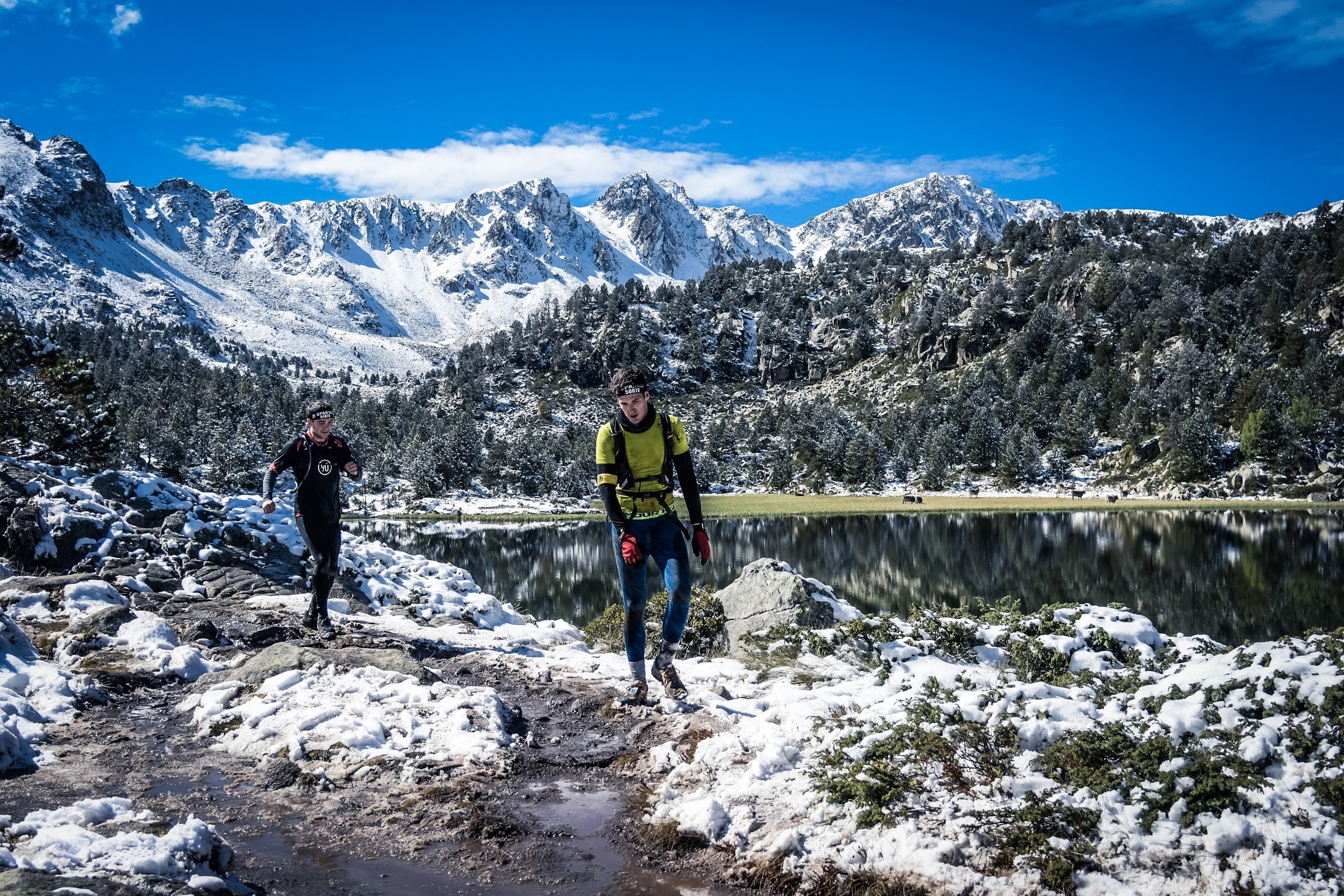
Hydration, Lee points out, is the number one factor that influences overall performance— and the first thing that should be taken into consideration when training in cold (and warm) weather. “As little as a 2 percent loss of fluids will decrease performance and impact your ability to focus,” Lee adds. “Which will cause fatigue to set in more quickly, and will slow recovery time.”
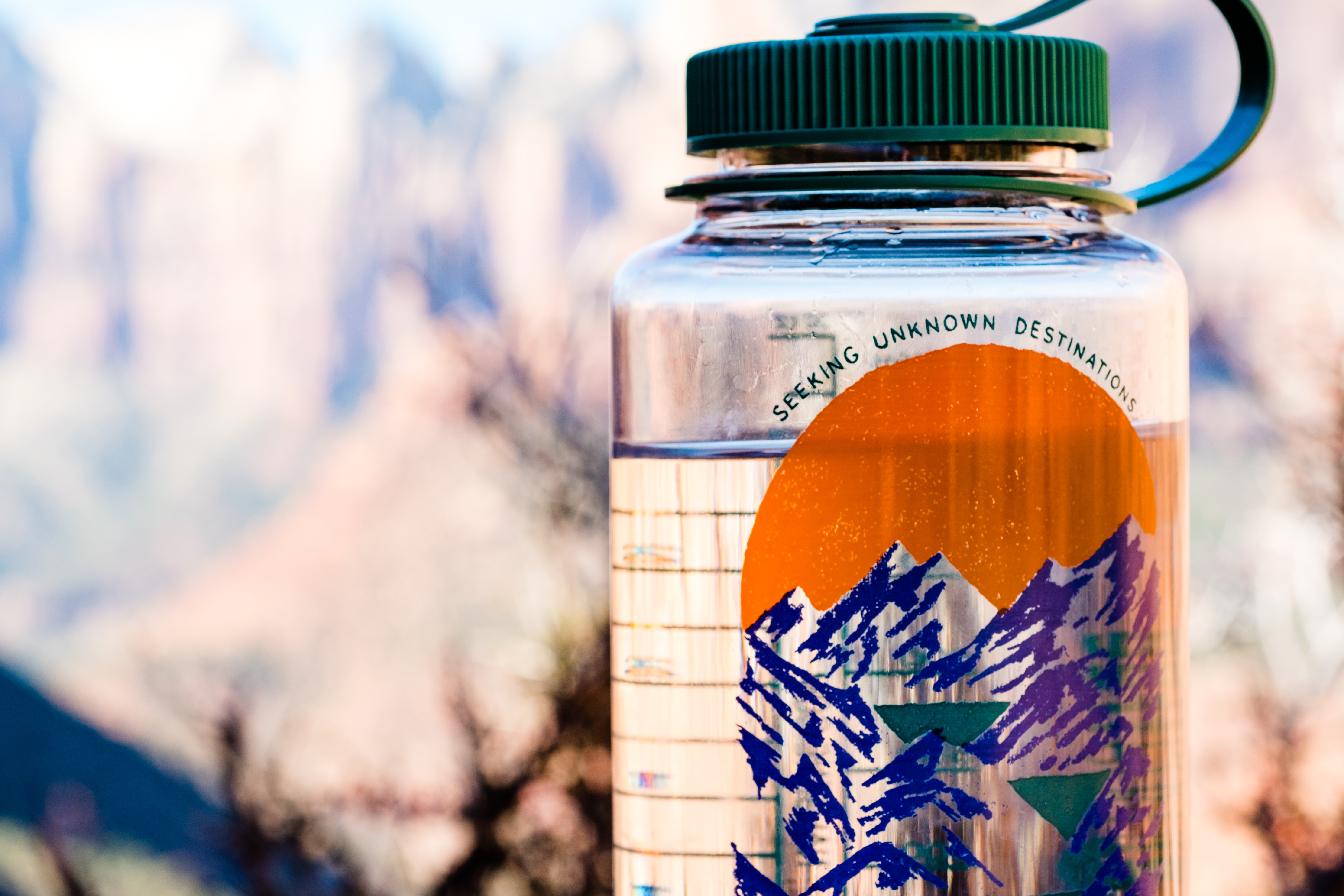
While drinking water is the obvious solution, there are some added challenges to staying hydrated in the cold. For instance, colder temps (and training in general) can blunt thirst, so you may not actually feel thirsty. Plus, you’ll likely be wearing more layers to stay warm, and potentially sweating more and losing body fluids—though it may not feel like it. “When it’s cold out, the air is typically drier,” Lee points out, “so you end up using body fluids to humidify the air before it enters the body system.” We also tend to urinate more in the cold, so it’s extremely important to be taking in plenty of fluids.
While there is some consistency to the type of hydration and nutrition needed before, during, and after a workout, input does vary depending on the type of exercise and length of time you spend training. Here, Lee breaks down the most effective ways to fuel your body for sprint training, long duration days, and multi-day activities:
Sprint Training
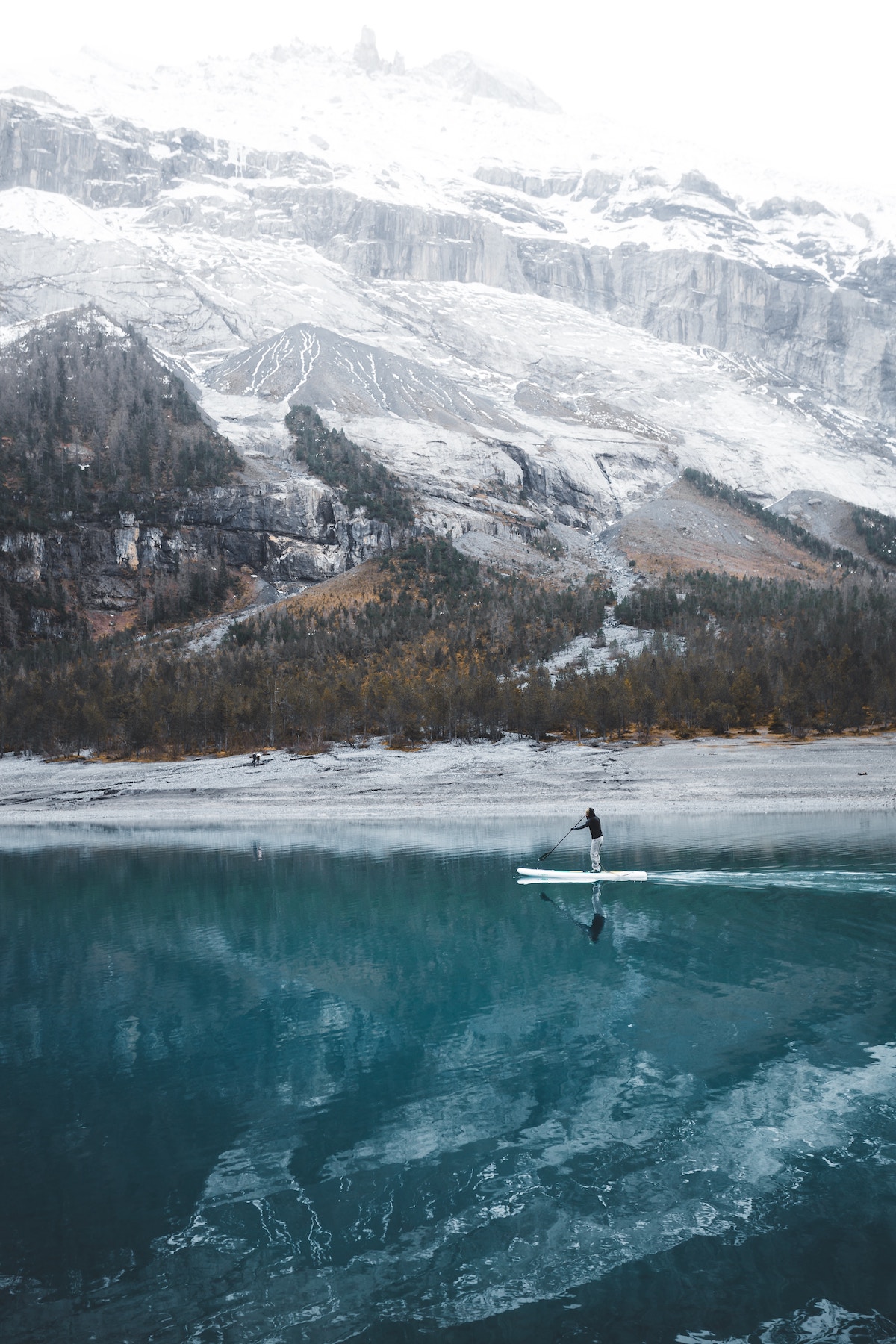
Whatever your hydration and energy status is going into training is going to assess your needs—ideally you’d be going into your training fully fueled. If your plan is to paddle for an hour after work, you’ll want to eat a good breakfast, lunch, and a light meal two to three hours before training. You’ll want a meal that’s a mix of carbohydrates and lean proteins and is low in fat and fiber as they can slow digestion (i.e. sandwich, soup, bars, etc.). If you have a quick metabolism, you may want to have a snack right before your workout—in this case, you’ll want a simple sugar like a GU, gel, or sports drink. For a quick workout, food and water shouldn’t be necessary during your training, but each individual is different so pay attention to your body’s cues and decide what is best for you.
After your training session, recovery hydration and fueling is extremely important. Research shows that a carbohydrate and protein recovery drink at a 4:1 ratio after training will enhance your recovery. After training, the body is metabolically primed, so it will draw the carbs and protein into the muscle—carbs refuel and reenergize working muscles while protein helps rebuild and repair any muscle damage. Low fat chocolate milk is a solid option (sub soy milk for non-dairy), as it will replenish your calories, carbs, proteins, potassium and electrolytes. Warm beverages and food are ideal so the body doesn’t have to expend extra energy to adjust the temperature.
Long Duration Day
If you plan on being on the slopes skiing for the day or the trails biking, you’ll want to make time to sit down and have a hearty breakfast. Ideally, you’ll want to start your day off with something warm like oatmeal. Oatmeal is a complex carb with some fiber, meaning it will fuel you longer than a simple carb like boxed cereal. Top your oatmeal with a protein like milk, fruit, peanut butter, nuts, seeds, or whatever you like—throw it all in as you should have enough time to process the food before heading out and easing into your workout.
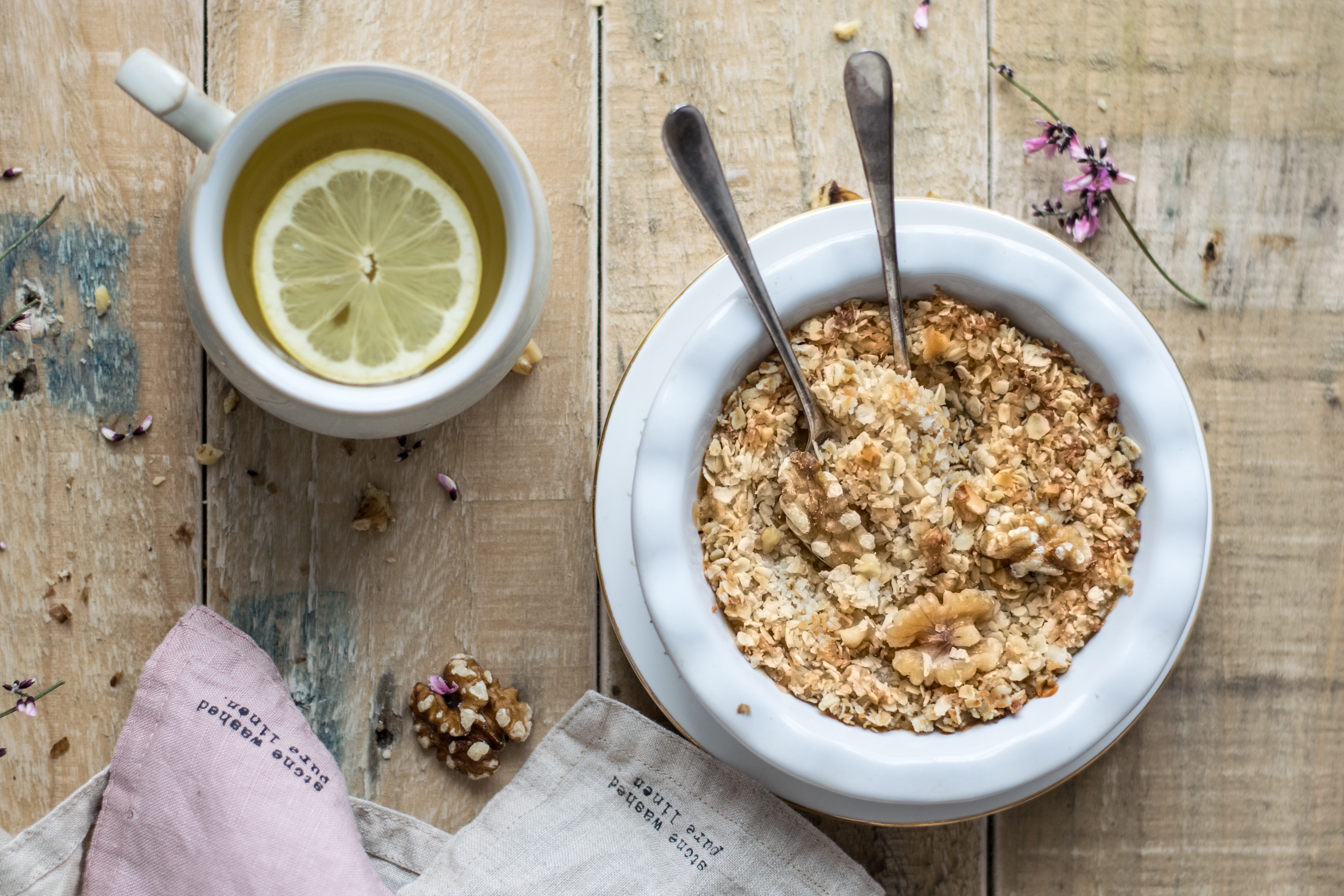
The body can only process 60 grams of carbs per hour so you don’t need to snack too frequently. Have a carb-loaded snack like a peanut butter and jelly sandwich or crackers two to three hours after breakfast and lunch. For lunch, enjoy another carb-rich meal like a baked potato, grilled chicken, or lentil casserole—something that’s warm and not too high in protein or fat. Throughout the day, be sure and sip on water—electrolytes shouldn’t be necessary as your meals should be naturally salty but feel free to add them. As with any workout, recovery hydration and fueling is extremely important, so be sure and have plenty of food and water once you return home.
Multi-Day Ventures
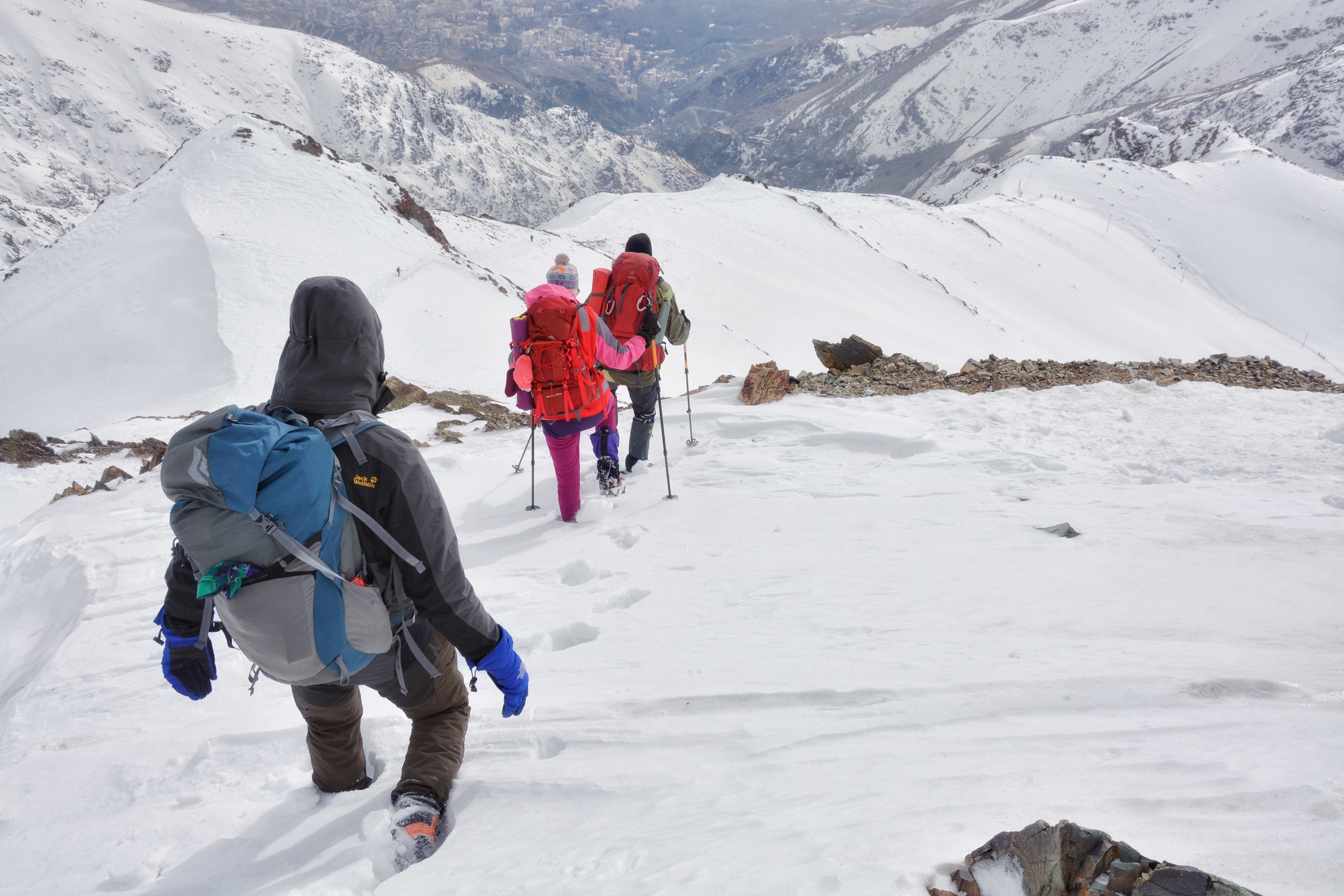
When it comes to overnight activities like backpacking or multi-day races, your nutrition plan looks the same as it would for one day, just repeated. However, recovery is especially essential as you’re going to need to stay fueled for multiple days. Immediately following your workout each day, be sure and drink your 16-ounce recovery drink. Follow it up with a hearty meal, rich in carbs, and drink plenty of water. A good recovery meal would be a baked potato, pasta, roasted vegetables, rolls, or a protein the size of your palm. If you’re traveling, try and eat foods that you’re familiar with so you don’t experience any unwelcome surprises. If possible, eat real food as opposed to engineered and processed foods—real foods are easier for your body to recognize and process. Remember, pay attention to your body’s cues and do what feels best for you.
Training tips courtesy of Audrey Lee. Check out Power To Shred for more info and advice.
The post What to Eat and Drink to Crush Any Winter Sport appeared first on Men's Journal.
Comments are closed.